The aromatic allure of Masala Chai, India’s beloved spiced tea, lies in its intricate blend of spices. Each household and vendor across the subcontinent boasts a unique recipe, passed down through generations. The art of balancing these spices is both a science and a tradition, with regional variations adding to the complexity. From the bustling streets of Mumbai to the serene tea gardens of Darjeeling, the symphony of flavors in Masala Chai tells a story of culture, history, and personal taste.
The Foundation of Flavor: Core Spices
At the heart of every Masala Chai blend are a few indispensable spices. Cardamom, with its sweet and floral notes, is often the star of the show. Its pods, either green or black, are lightly crushed to release their essential oils, infusing the tea with a warm, citrusy aroma. Cinnamon, another cornerstone, adds a woody sweetness that complements the robustness of black tea. A single stick of Ceylon cinnamon can transform a simple brew into something deeply comforting.
Ginger, fresh or dried, brings a fiery kick that awakens the senses. Its pungency is balanced by the earthy warmth of cloves, which contribute a slightly bitter, medicinal edge. These four spices—cardamom, cinnamon, ginger, and cloves—form the backbone of most Masala Chai recipes. Yet, their proportions vary widely. Some prefer a cardamom-forward brew, while others let ginger dominate for a spicier kick.
Beyond the Basics: The Supporting Cast
While the core spices are non-negotiable, many recipes incorporate additional ingredients to elevate the blend. Black pepper, for instance, introduces a sharp, lingering heat that pairs surprisingly well with the sweetness of milk and sugar. Fennel seeds, though less common, lend a subtle licorice-like sweetness and are believed to aid digestion. Star anise, with its striking shape and potent flavor, is occasionally used in small quantities to add a layer of complexity.
Nutmeg and mace, derived from the same plant, offer a warm, nutty undertone. A pinch of freshly grated nutmeg can round out the sharper edges of the other spices. In some regions, bay leaves or saffron are added for a touch of elegance. The latter, though expensive, imparts a golden hue and a delicate floral note, making the chai fit for special occasions.
Regional Variations: A Spice Map of India
The diversity of India’s landscapes is mirrored in its Masala Chai recipes. In the north, particularly in Punjab and Kashmir, the tea tends to be richer and creamier, with a heavier hand of cardamom and cinnamon. Kashmiri Kahwa, a close cousin of Masala Chai, often includes almonds and saffron, reflecting the region’s Mughal influences.
Down south, in states like Kerala and Tamil Nadu, the spice profile shifts. Black pepper and ginger take center stage, creating a brew that’s more assertive and invigorating. The use of fresh coconut milk in some coastal areas adds a tropical twist. In the western regions, such as Gujarat and Maharashtra, a lighter, more balanced blend is preferred, with fennel seeds and lemongrass making occasional appearances.
The Science of Balance: Crafting the Perfect Blend
Creating a harmonious Masala Chai blend is akin to composing music. Too much of one spice can drown out the others, while too little may leave the tea tasting flat. The key lies in understanding the intensity of each ingredient. Cardamom and cinnamon are potent, so a little goes a long way. Cloves, with their strong, almost antiseptic flavor, should be used sparingly—one or two per cup is often enough.
Freshness is another critical factor. Whole spices, toasted lightly before grinding, release their oils more effectively than pre-ground powders. The timing of adding spices to the brew also matters. Ginger and pepper benefit from simmering early, while delicate flavors like cardamom are best added toward the end to preserve their aroma.
Modern Twists and Global Adaptations
As Masala Chai gains popularity worldwide, contemporary interpretations are emerging. In hipster cafes from Brooklyn to Berlin, chai lattes made with almond milk and vanilla syrup are becoming staples. Some adventurous blends incorporate unconventional spices like turmeric, cayenne, or even cocoa nibs. While purists may frown, these innovations speak to the versatility of the original recipe.
At home, experimenting with personal preferences is encouraged. A dash of rose petals or a slice of orange peel can add a fragrant twist. For those seeking health benefits, adaptogens like ashwagandha or tulsi (holy basil) are being woven into the mix. The beauty of Masala Chai lies in its adaptability—it’s a canvas waiting for personal expression.
The Ritual of Preparation: More Than Just a Drink
In India, Masala Chai is more than a beverage; it’s a ritual. The process of simmering the tea leaves, spices, milk, and sugar together—known as "decotion"—is a meditative act. The slow brewing allows the flavors to meld, creating a depth that instant powders can’t replicate. Serving chai is an gesture of hospitality, a way to connect with others over shared moments.
Whether enjoyed at a roadside stall in a clay kulhad or in a fine porcelain cup at home, Masala Chai embodies the spirit of India. Its spices tell a tale of ancient trade routes, royal kitchens, and humble homes. Each sip is a reminder that the simplest pleasures are often the most profound.
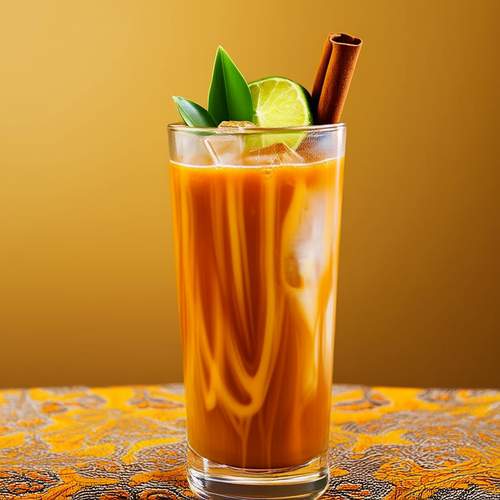
By /May 26, 2025
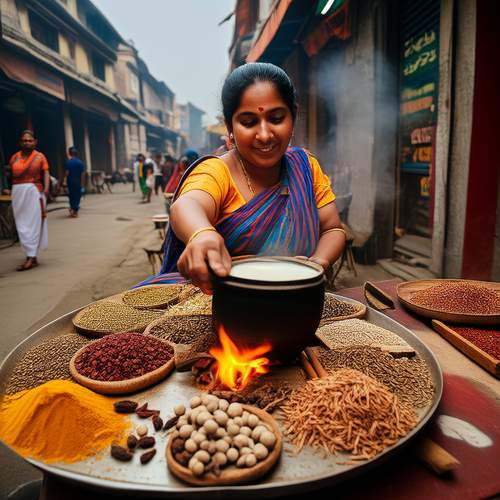
By /May 26, 2025
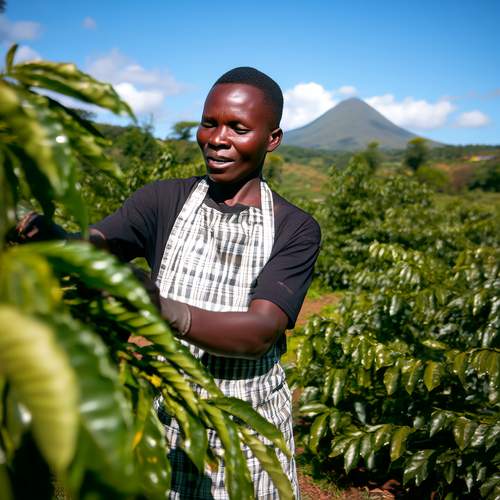
By /May 26, 2025
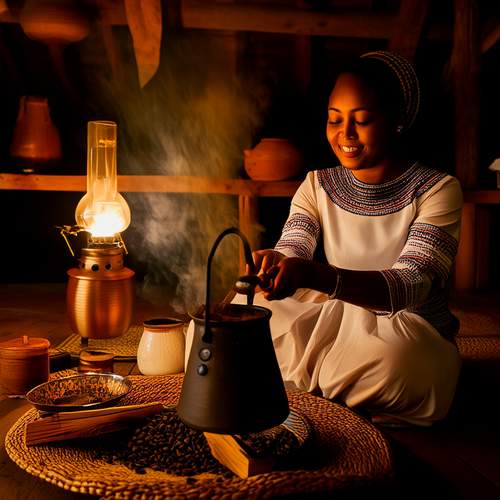
By /May 26, 2025

By /May 26, 2025
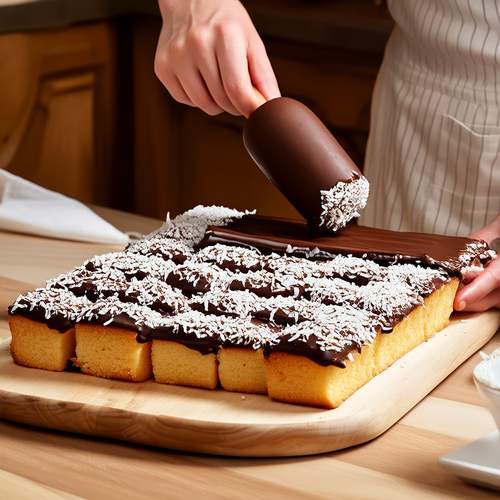
By /May 26, 2025

By /May 26, 2025

By /May 26, 2025

By /May 26, 2025
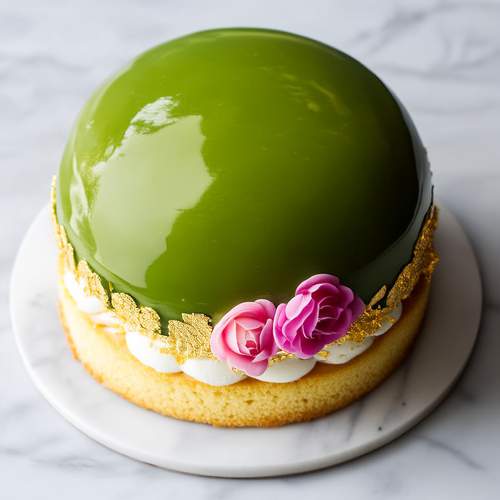
By /May 26, 2025
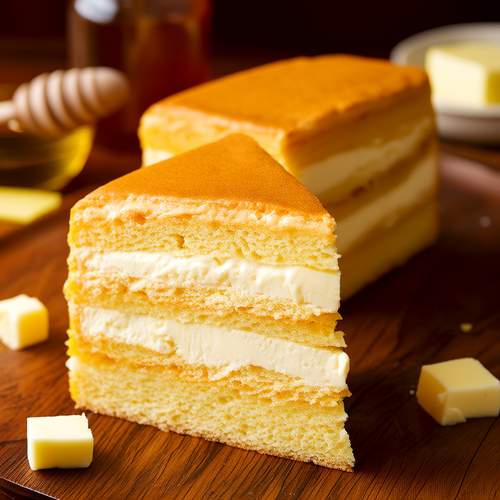
By /May 26, 2025

By /May 26, 2025
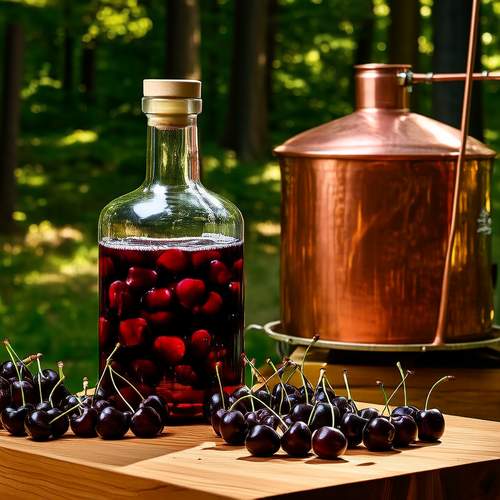
By /May 26, 2025
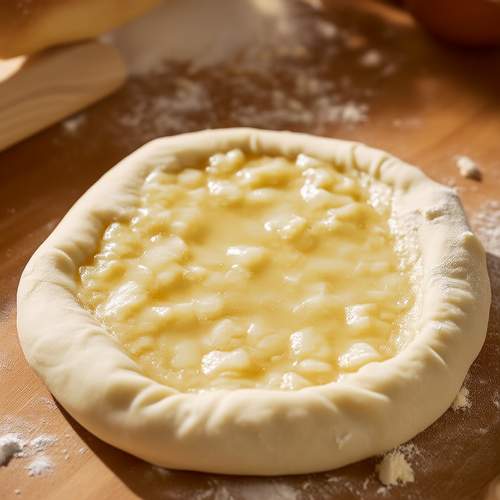
By /May 26, 2025

By /May 26, 2025

By /May 26, 2025
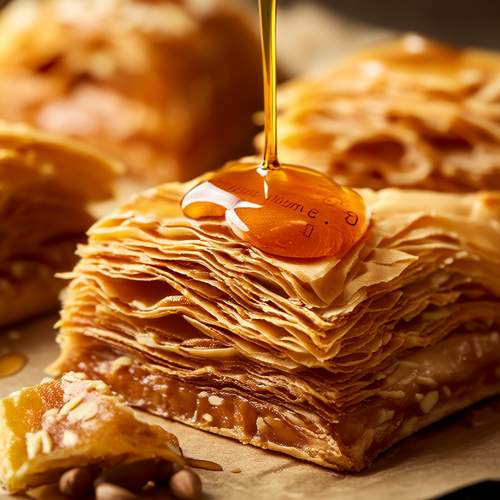
By /May 26, 2025

By /May 26, 2025

By /May 26, 2025

By /May 26, 2025